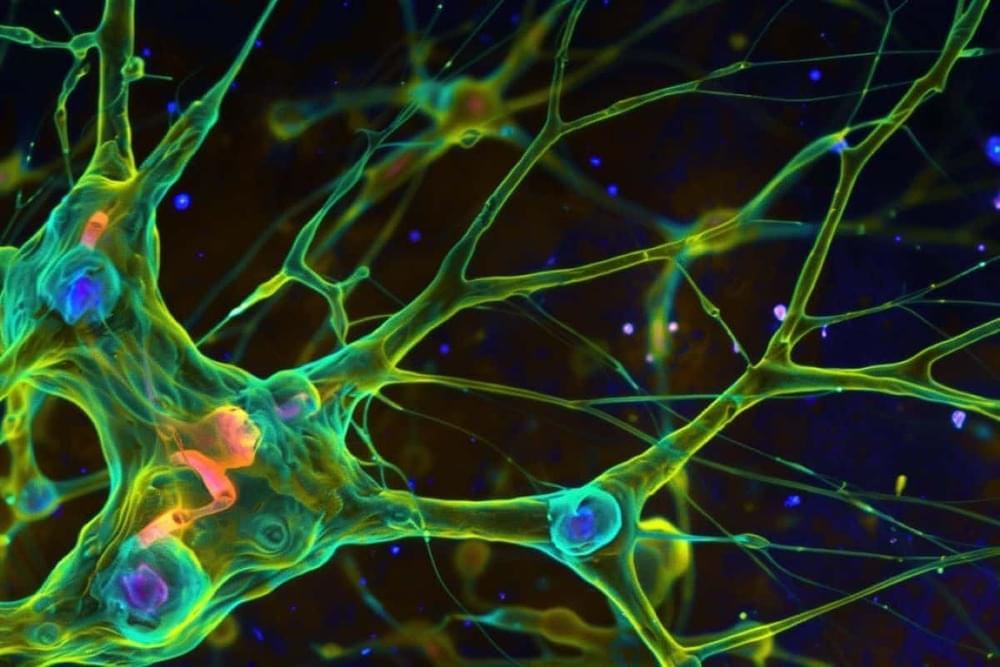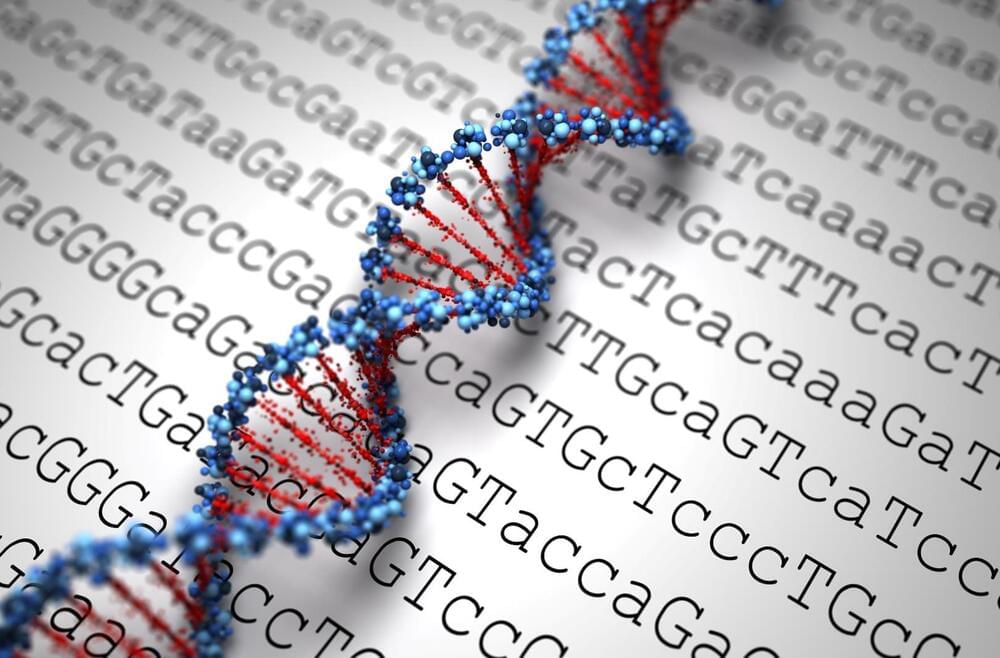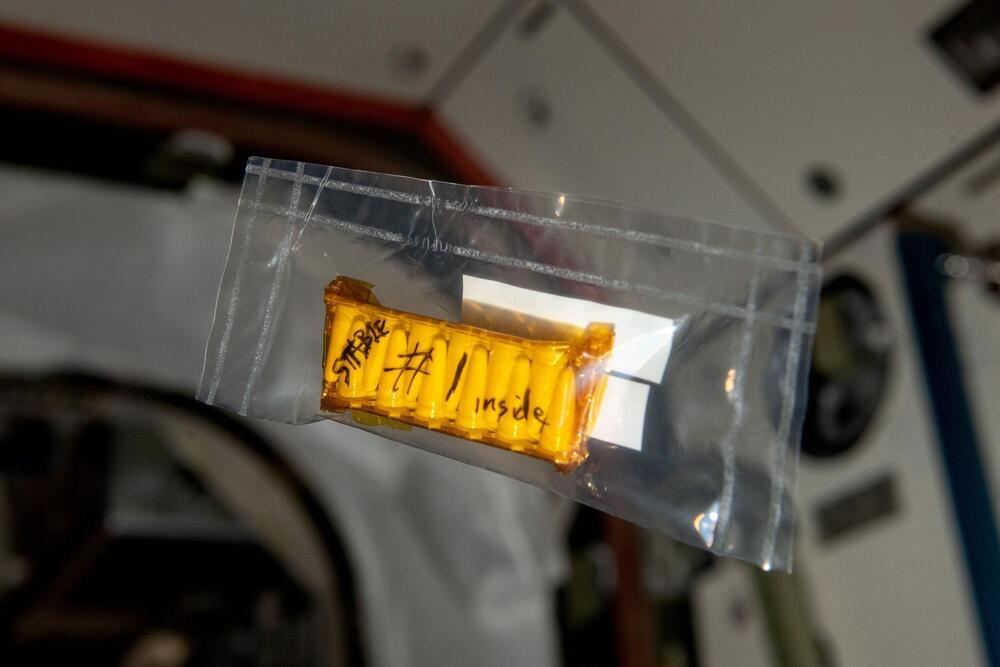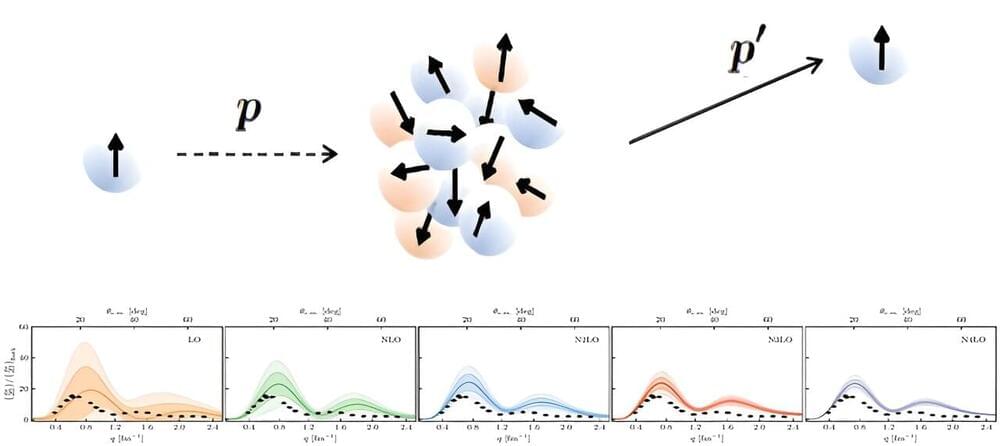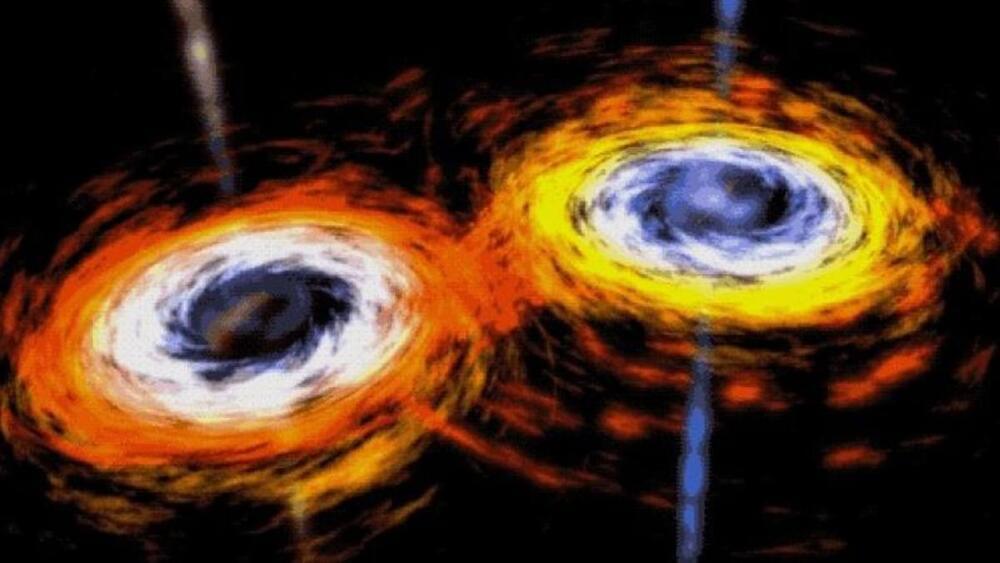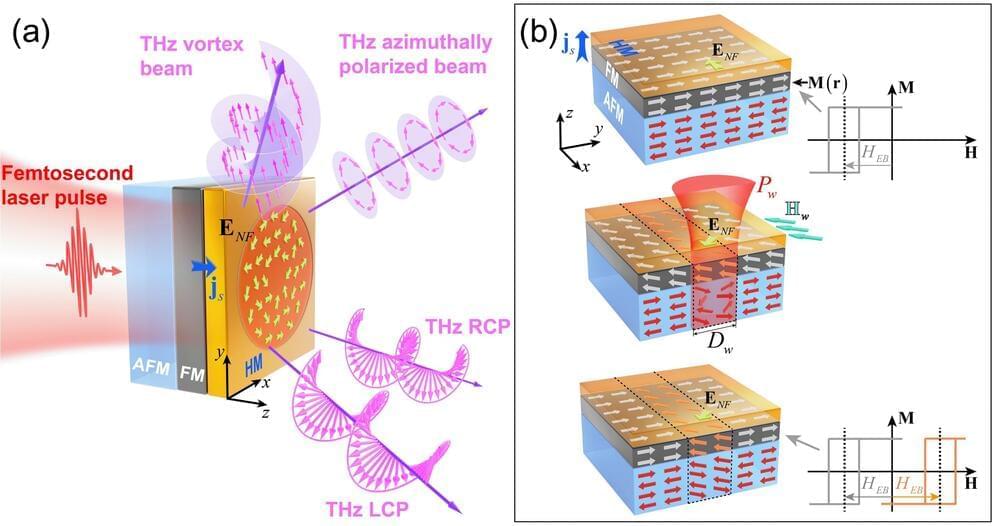Jul 9, 2024
Glial Cells Reprogrammed to Neurons for Brain Repair
Posted by Paul Battista in categories: biotech/medical, genetics, neuroscience
Summary: Researchers have discovered how glial cells can be reprogrammed into neurons through epigenetic modifications, offering hope for treating neurological disorders. This reprogramming involves complex molecular mechanisms, including the transcription factor Neurogenin2 and the newly identified protein YingYang1, which opens chromatin for reprogramming.
The study reveals how coordinated epigenome changes drive this process, potentially leading to new therapies for brain injury and neurodegenerative diseases.
